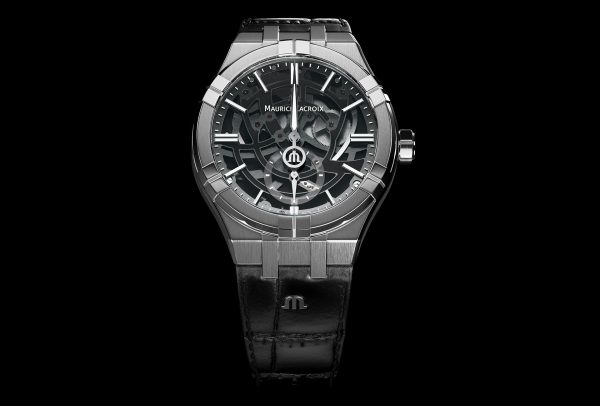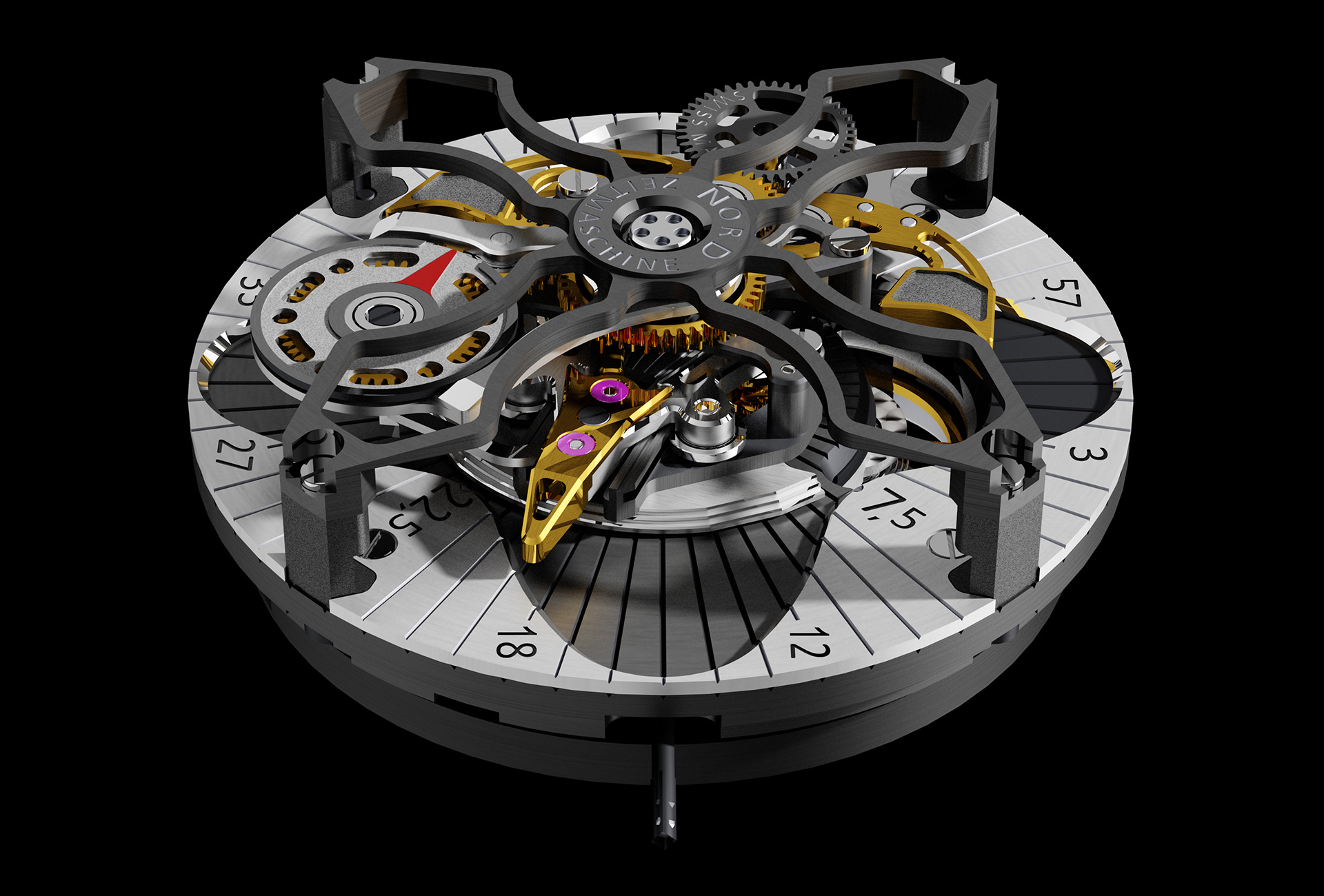Before we address how Omega Speedmaster chronographs were able to accompany astronauts on their journey to Earth’s satellite, we should first remind ourselves of the principle of gravity, which darkened the days of countless watchmakers in their quest to produce instruments of sufficient precision for astronomers to use them in their observations of the stars. Before the atomic clock was invented, only observatory regulator clocks gave the precise time. For them to equal and, in certain cases, surpass the role played by celestial mechanics, they had to be of a high standard of quality and their mechanism constructed so as to offset the unwelcome effect of gravity and air friction on the regulating organs. The best examples were equipped with pendulums made from materials that had an expansion coefficient of zero, thermal expansion correction and barometric compensation. Additionally, they were housed in vacuum tanks to prevent any interference with the swing of the pendulum whose vibrations did not exceed 2.5 degrees, thus maintaining isochronism.
The benefits of space
These precision instruments, which from the late nineteenth century were regulated either by an electromagnetic escapement or by a special escapement of the type developed by Reed– which engaged with the pendulum itself to reduce the effect of torque and non-suspended weights –, all succeeded in outperforming the great clock in the sky because their mechanism was individually adjusted to compensate for gravity at that location: Earth is not perfectly round, hence gravity is not the same at every point. Which brings us to watches destined to travel into space. Many enthusiasts wonder how an off-the-shelf Speedmaster could obtain flight qualification. Quite simply, Omega’s chronograph already possessed the characteristics required for use on space missions.
First of all, its mechanical movement is manually wound and therefore not prone to the same acceleration as an automatic calibre whose oscillating weight is no longer subject to gravity and, once in motion, takes a certain amount of time to be slowed by the mainspring as it winds. Secondly, capillary action prevents the tiny amount of oil in the mechanism from bleeding onto the parts. Lastly, the unbreakable hesalite (a type of acrylic glass) crystal withstands the thermal shocks encountered in the vacuum of space and possible decompression. The theory would have to be validated, but in all probability the extremely low gravity would have had a beneficial effect on the precision of these watches, which were intended as back-ups for the digital timers. Whatever the case, not one of them showed any sign of malfunction due to zero gravity or the vacuum of space.
Powered by gravity
Some watchmakers have chosen to outsmart gravity and, rather than devote their efforts to countering its effects, have put it to use in their mechanisms. Hubert Sarton, an eighteenth-century watchmaker in Liège, Belgium, was one. He used the influence of gravity to wind keyless pocket watches of his making. Sarton’s invention would be reprised, in an improved form, for modern clocks and wristwatches by the likes of Harwood, Leroy and Hans Wilsdorf for Rolex. However, the prize for the most out-of-the-box applications of this invisible force goes to Nord Zeitmaschine and to Maurice Lacroix. The former is known for the kind of unconventional display that distinguishes its Crossnroll watch. The hour hand is continually made to move by gravity from the wearer’s wrist movements, while the hour disc is gear-driven to always show the exact time.
In an imperfect world, certain watchmakers have succeeded in "repurposing" the laws of physics to their advantage.
In a different vein, Maurice Lacroix presented the Aikon Mercury at Baselworld 2019. Cased in steel, it incorporates an original “free hand” system that uses gravity to show the right time thanks to a double snail-cam mechanism, hidden under the dial. One cam is linked to the hour display to rotate once in 12 hours. The second, for the minute display, makes a complete rotation in 60 minutes. When the wearer tilts his wrist to check the time and the automatic movement is positioned perpendicular to the ground, gravity kicks in to bring two weighted levers into contact with the cams. Driven by the continually rotating snail cams, levers drive the hour and minute hands to their correct position on the dial.

In an imperfect world, where the odds appear stacked against watchmakers and even their best-laid plans, some have succeeded in “repurposing” the laws of physics to produce timepieces that are both original and pleasing to the eye. In a move worthy of an Aikido master – who learns to redirect his opponent’s strength and energy against him – they have produced watches with an extraordinary force of attraction!


















